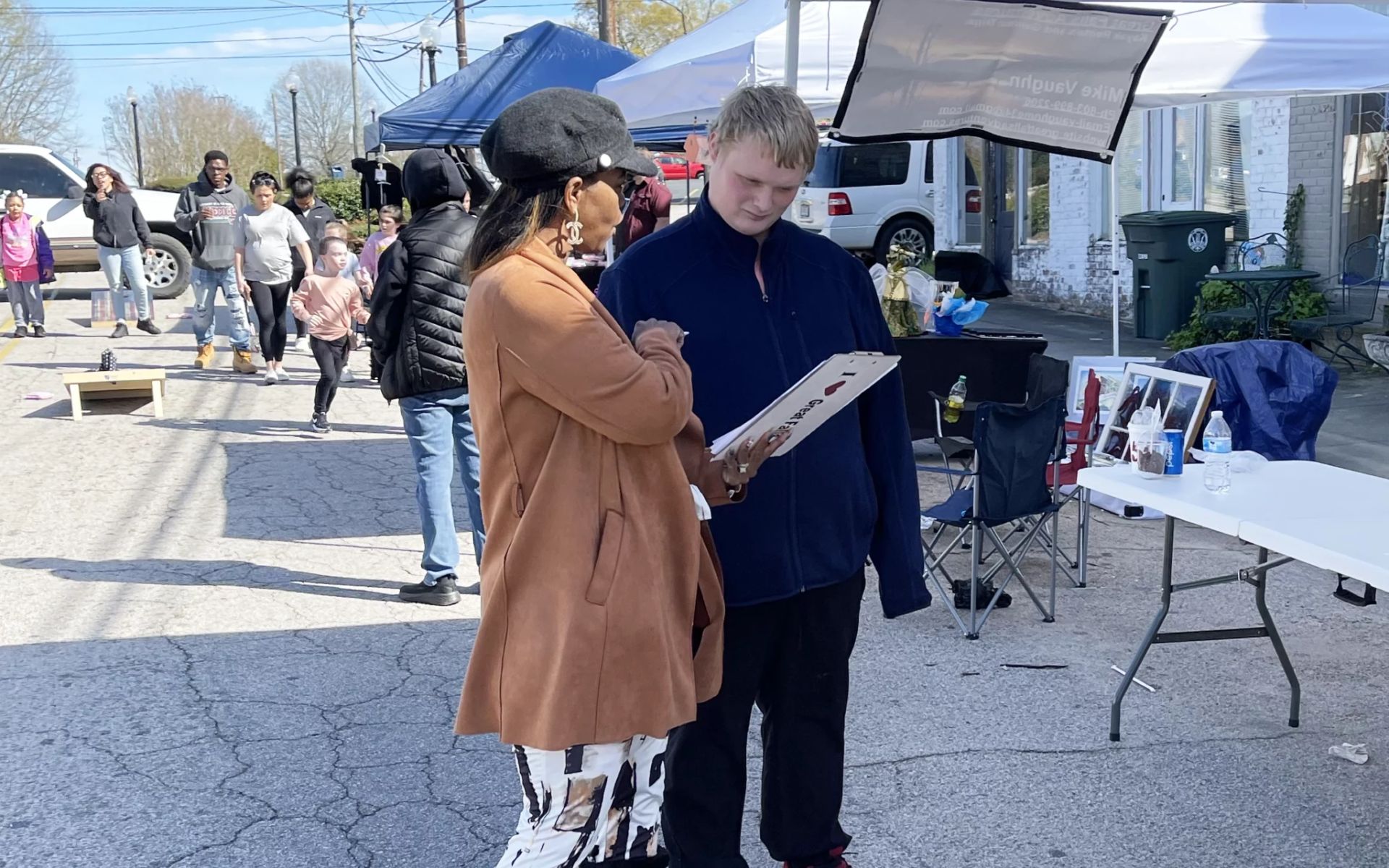Gathering the Opinions of Hard-to-Reach Residents
This post first appeared on National Research Center Inc.
Survey Research Revolution Part V
Give Me Your Scared, Your Unempowered, Your Indifferent.
What is the number one question local leaders ask before they embark on a community survey? It’s this: how can we feel confident that the survey sample truly represents our entire adult population?
The answer is one that every local government wants to know and should ask about. Statistics prove that relatively small samples of residents selected at random create a group that reasonably reflects everyone – within a known range of uncertainty. However leaders of diverse communities often worry about receiving participation from their less engaged demographics.
Whether collecting data by mail, phone or web, survey researchers these days have discovered that just about everyone is part of the “hard to reach” public. But the hardest to reach populations tend to be lower income residents, youth, undocumented residents, racial and ethnic minorities and folks whose first language is not English. Encouraging these residents to respond to a survey from the City can be resource intensive, and without a robust effort, ineffective.
Local government leaders of diverse communities should especially consider these ways to get more participation from hard-to-reach residents.
1. Survey in Multiple Languages

Spanish is the second most common language spoken in the U.S., so a large number of local governments seek feedback from Spanish-speaking residents. To reach those for whom English is a second language, offer the survey in the city’s other dominant languages. When mailing the survey or invitations to Spanish-speaking areas, address the envelope in both Spanish and English (e.g. “Residente Actual/Current Resident”) to encourage response by Latinos.
2. Partner with Trusted Community Leaders

It is common for general distrust of government to deter hard-to-reach residents from taking city-sponsored surveys. However, a good word from a trusted community leader can encourage more of these residents to participate. Faith-based organizations, youth groups and community centers are good places to recruit responses from lower income residents, young people, people of color or those who speak languages other than English.




